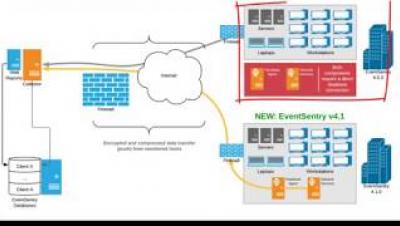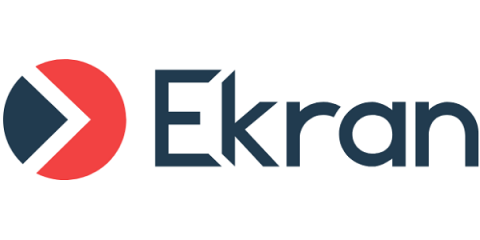Navigating ICS Security: Best Practices for ICS Decision-Makers
As a security consultant, I’m not going into an environment to design and build an organization’s network from the ground up in most situations. For the majority of the time, I’m working with legacy environments where some old technologies might be phasing out and newer ones joining the mix of solutions.











